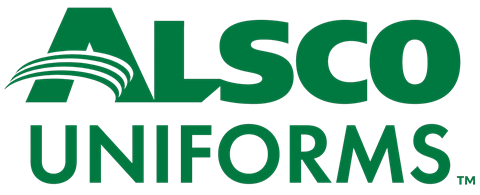The road of technology is paved with good intentions.
In the hand drying arena, there might be a popular notion that newer and shinier technologies reign supreme over the old school way of doing things.
The truth is, throwing away the traditional paper towels in favour of the jet air dryers is not always the best course of action.
Hand drying may well be considered an art that may equally benefit from both traditional and cutting edge methods.
There are numerous factors that can tip the scales to the favour of modern hand dryers or traditional paper towels. Depending on your organisation’s priorities, here is the lowdown on some of these crucial factors that will aid you in your decision-making process.
Counting the Cost of paper towels vs hand dryers
When it comes to calculating the cheaper option, it’s the jet air hand dryers and warm air hand dryers that win the hand hygiene battle. Continuously using paper hand towels entails excessive paper consumption. This is something that jet air or warm air hand dryers eliminate completely.
Indirect costs like manpower requirements are also factors to consider. If you use traditional paper hand towels for your organisation’s hand drying needs, you will also expect more trash bins to be emptied that will require more janitorial services. Some bathroom users also foster the unhealthy habit of clogging toilet bowls with tissue paper even with religiously posted reminders to use the trash can.
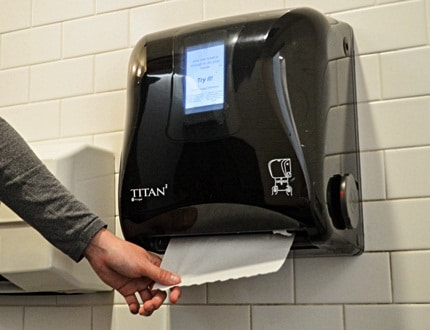
The Drying Motion
Another chief consideration is the mechanism by which drying is introduced. Traditional hand paper towels make use of the friction of vigorously rubbing the surface of the skin with an absorbent material. On the other hand, modern dryers use the element of air to simulate the drying action.
The artificial air movement introduced by jet air and warm air hand dryers can present a problem. This air circulation that can go as fast as 400 mph can promote contamination. It can easily take bacteria from one user up to a 2-meter radius or the entire bathroom facility.
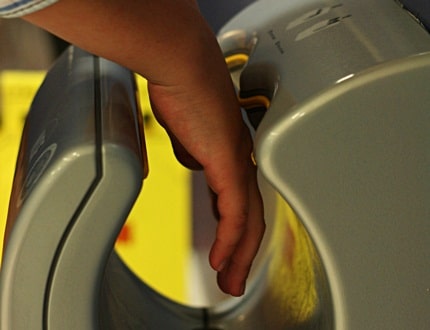

The Bacteria Risks
Much research has already established that there are greater risks from automated air dryers to spread bacteria compared to traditional paper hand towels. It spreads germs in the bathroom by as much as 1,300 times compared to paper towels.
Warm air dryers, in particular, can be a prime breeding ground for bacteria because of its temperature. Paper towel users were recorded to have a bacterial count within the range of 85.2% to 91.5%, quite a stark contrast to the 41.4% to 47.8% range observed from users of warm air hand dryers.
Because of this controversy on bacterial spreading tendencies, experts have weighed in their opinion that modern hand dryers may not exactly be the best solution for bathrooms that run a higher risk of spreading diseases.
Some examples include laboratories, diagnostic clinics, and hospital settings where there is a greater percentage of extremely sick people who will be using the jet air or warm air hand dryers.
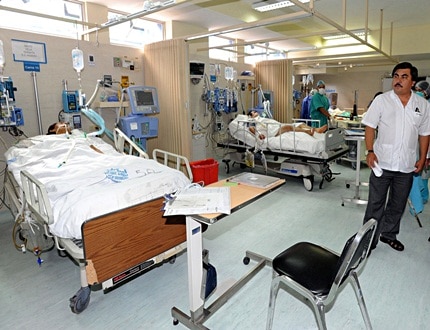

Environmental Footprint Considerations
Going green is becoming a mainstream consideration for organisational facility solutions like hand drying options. If you are keen on saving the environment, that’s a point taken in favour of warm air and jet air hand dryers.
A consultancy firm on environmental resources management claims that paper towels require 64% more electric power when compared to power requirements of warm air hand dryers.
This may seem counter-intuitive considering that paper towels do not really require electric power when it is being used for hand drying. However the manufacturing of the paper towel products to supply bathrooms globally has an accumulated power cost requirement.
In addition to this, public schools in Kansas were selected as a venue for a global dryer study. Of the 102 hand dryers observed in the schools, the study found some astounding savings in a span of one year: approximately 700,000 water gallons, close to 600 trees, and 34 tons of solid waste.


Besides selecting the best hand-drying option for schools, this School Washroom Guide deals with other major health and safety concerns, so you may want to read through it carefully if education is your industry.
Actual Cleaning and Drying Power
A University of Westminster study has proven that paper hand towels are more hygienic and effective in drying the hands. Given the propensity of automated hand dryers to proliferate bacteria, the paper towels’ individualised and disposable quality makes them immune from transmitting germs from one user to another.
Aside from this, drying the hands took 30 seconds faster when using paper hand towels. Drying with paper hand towels takes 10 seconds and using a jet air dryer requires 40 seconds.
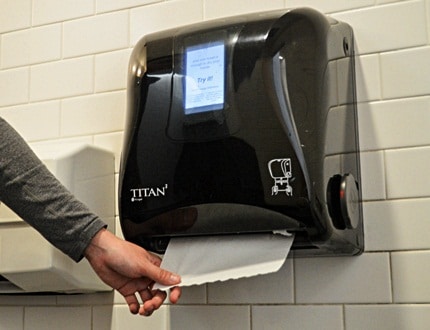

Regardless of your ultimate decision on who wins the hand hygiene battle, it is important to find the optimum solution to your organisation’s unique handwashing and drying needs.
While you can opt for DIY, professional services or opinions may also help give you a more informed decision. Take advantage of Alsco’s commitment-free workplace audit and contact us today to get some expert opinions on your predicament.
Photo Courtesy of Flickr Image by Newtown grafitti
